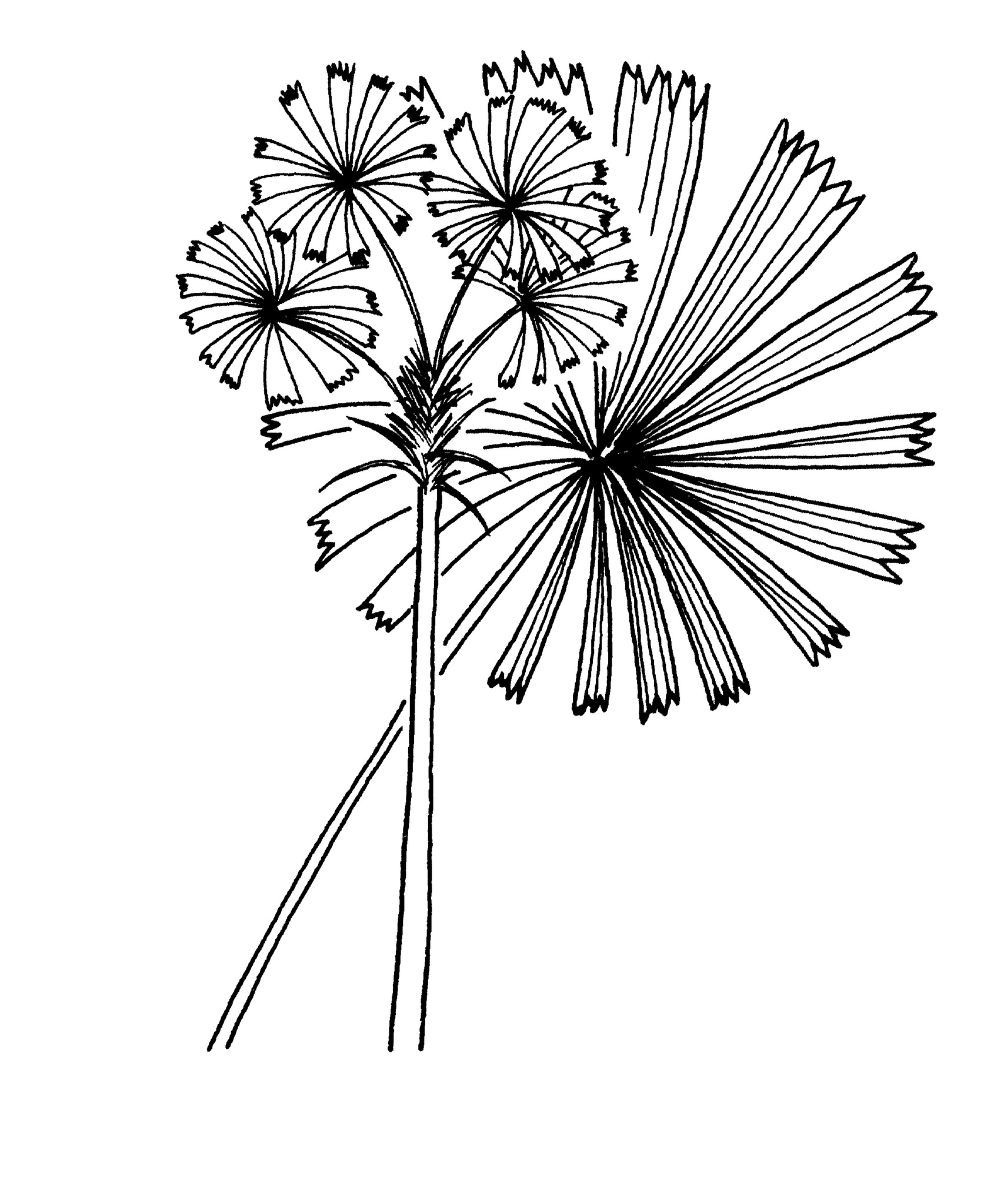
From leko wala, a Moluccan name.
Dwarf to moderately large solitary or clustering, sometimes spiny palms. Trunks slender, covered with persistent leaf bases (rarely underground), generally ringed with close leaf scars. Crownshaft absent. Leaves fan-shaped, sometimes with a central midrib, entire or divided into wedge-shaped leaflets, surface pleated, margins toothed. Leaflets the result of splitting to form single to multi-ribbed wedges truncate at the tip with regular notches between the ribs, the transverse veins often prominent, folded upwards. Leaf sheaths becoming fibrous. Leaf stalk usually with marginal spines. Flowers bisexual. Panicles arising among the leaves, usually slender and sparsely branched. Fruit small, ovoid to narrow and spindle-shaped, orange or red, 1 seeded.
Most species grow as understorey plants in wet forests and many have a dwarf to small habit.
An important genus of ornamental palms including many species with decorative leaves. A significant number of species are grown but most are tropical in their requirements.
Fresh seed takes 3-12 months or more to germinate with seedlings often appearing sporadically.
Used locally for thatching, sleeping mats and for wrapping food. Young stems are used as walking sticks and in construction. The pith and stem tips are edible.
Fan palms with distinctive rounded, pleated leaves and toothed margins, the blades entire or divided into wedge-shaped leaflets.
About 110 species distributed in southern China, India, SE Asia and from Malaysia to Australia (1 species).
Furtado (1940).
Source: (2005). Arecaceae. In: . Horticultural Flora of South-eastern Australia. Volume 5. Flowering plants. Monocotyledons. The identification of garden and cultivated plants. University of New South Wales Press.
